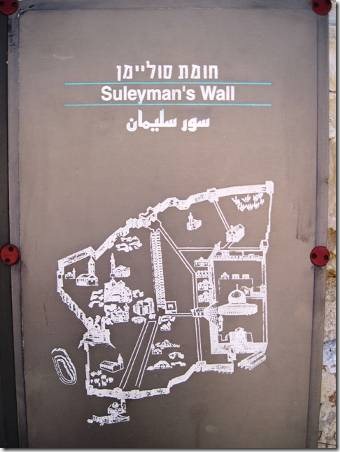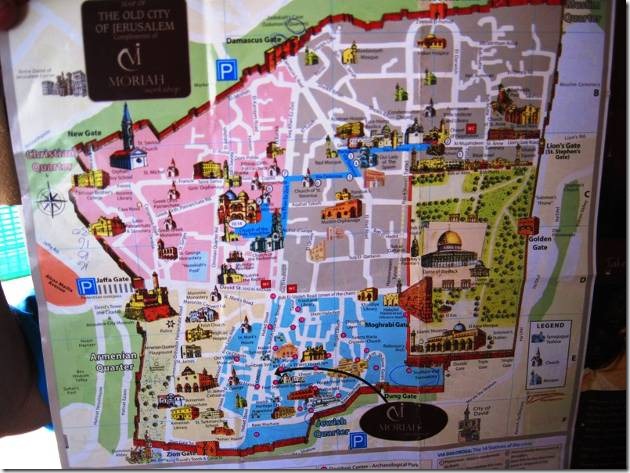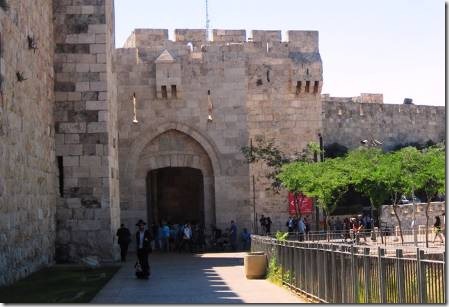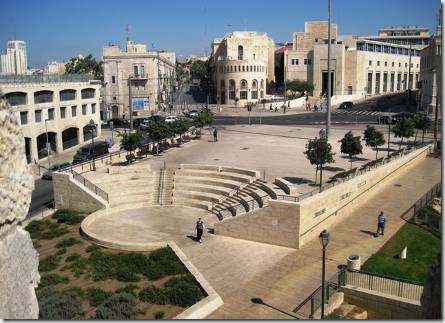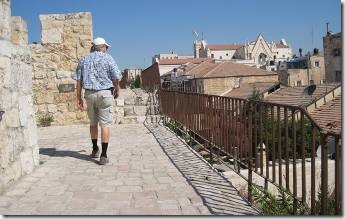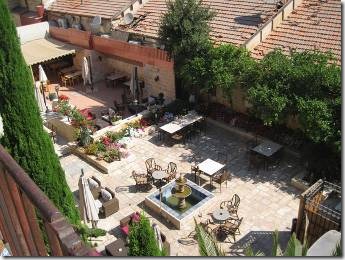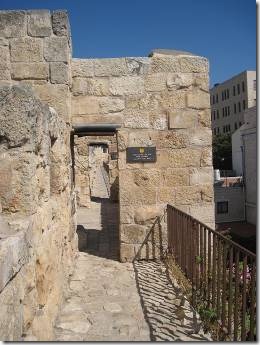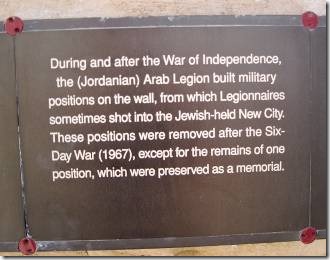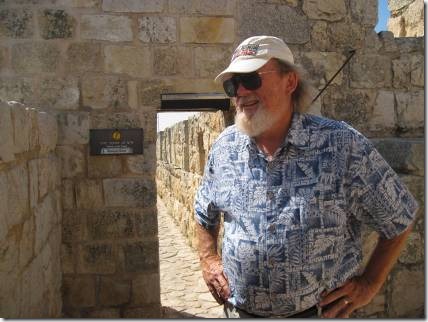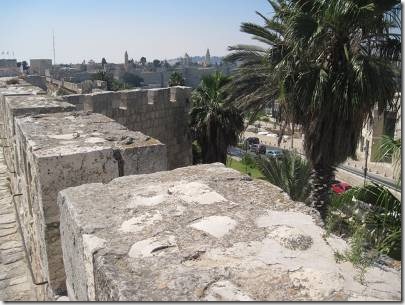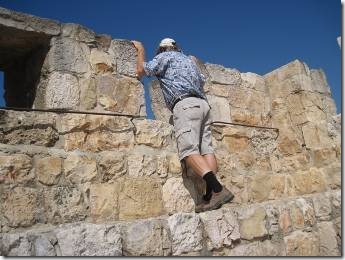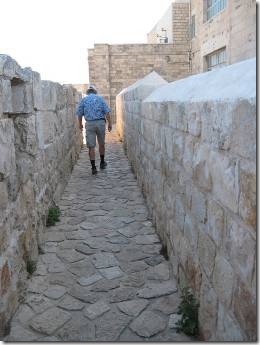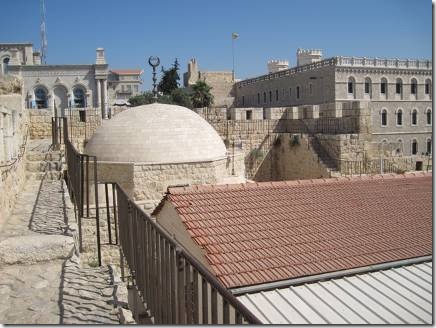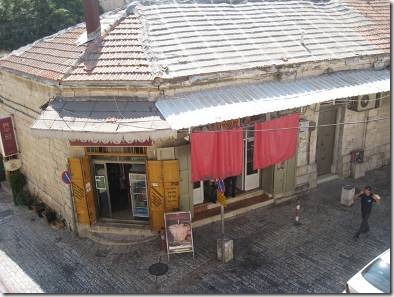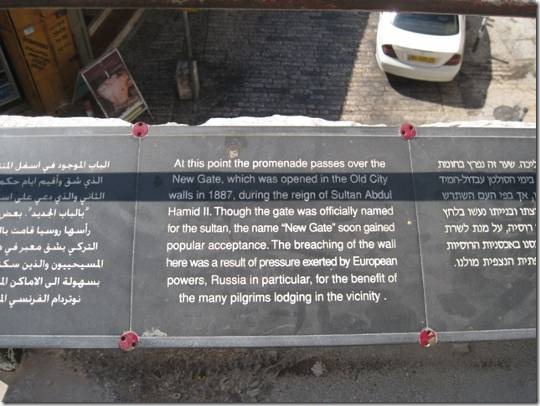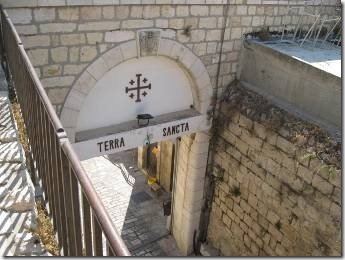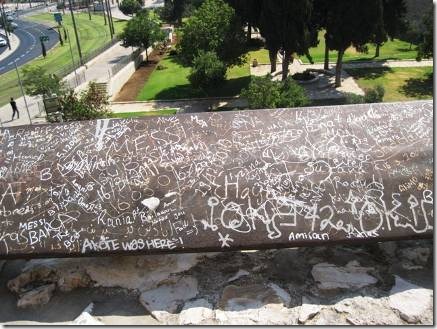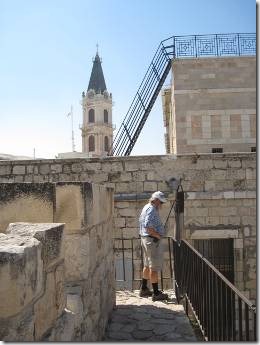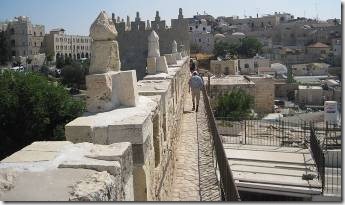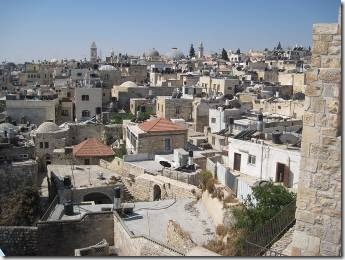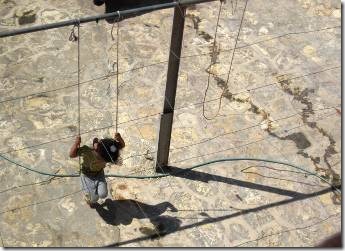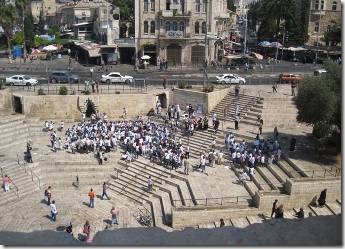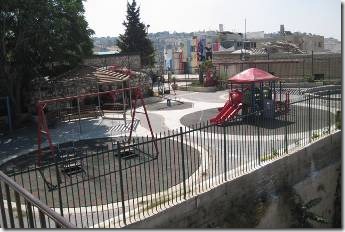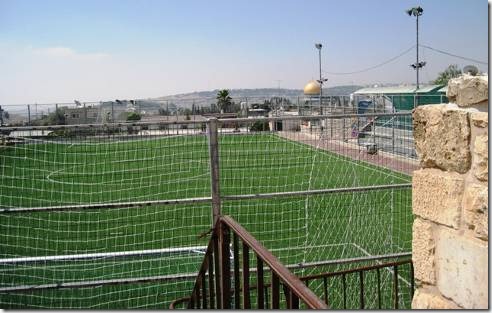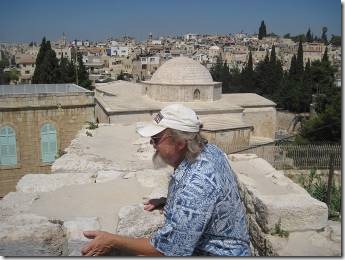Shalom,
A week or so ago we had a visit from one of the many people who are quite curious about our boat. We invited him aboard and had a lovely chat. His name is Avi and he and Eve, who had been on our boat for dinner, discovered that they had relatives who lived near each other…or something like that as always seems to happen in Israel. Yesterday, Friday, Ari came to collect us for the Friday lunch and wine tasting at a nearby vineyare. We also stopped at a Kibbutz that raises olives. I’ve been to wine tastings before, but never to an olive oil tasting. It is quite interesting as the flavors are very distinct. We also went to visit Avi’s home and community meeting his lovely wife. I will write about it when I know how to spell every name and place correctly. We had a lovely day. We also had a visit from the owners of the sail boat Sea Gull. Guy Zagursky is a sculpture with a studio in Tel Aviv. His brother Ran makes jewelry. You can Google their names. Nice guys!
I have lots more to write about Jerusalem, especially as I went again last Thursday for the day ALL BY MYSELF! Randal really didn’t want to go and that was fine. He drove me on the motorbike to the Ashdod bus station and I caught the early bus to Jerusalem getting off at the Central Station where we always get off. From there it’s just a short walk to Jaffa Road which takes you to the Old City. I spent the day and caught the insanely crowded 3:50 bus back to Ashdod. Lots of soldiers going home for Shabbat weekend leave. This email is about the walk Randal and I did on the walls that surround the Old City of Jerusalem.
Ru
Jerusalem Ramparts Walk
You can walk along the walls of the Old City circumambulating (how’s that for a word) almost the entire area. The section that passes by the Temple of the Mount is blocked off so you have to do the walk in two parts. Randal and I did the longer northern route around the Christian and Muslim areas first as we wanted to end the walk near the Damascus Gate. Last Thursday when I went to Jerusalem alone, I did the southern route along the Armenian and Jewish Quarters by myself. Both were interesting, the northern for its look into the Old City and the southern for its views looking away from the Old City. There’s no glitz, no noise, no crowds along the walk…at least when we did them. I think you get a real sense of the Old City and its story when you walk the walls.
The walls of Jerusalem that exist today were built by Seleyman the Magnificent in the 16th century as fortification for the Old City.
A map of the Old City Walls
Randal and I walked the “northern route” from the red Jaffa Gate in the middle of the left side of the Old City until the barrier at the beginning of the green Temple Mount area on the right side of the map. We looked down into the pink Christian area and the gray Muslim area exiting at the Lion’s Gate just before the area of the Temple of the Mount which is the green area with the gold dome. I went south from the Jaffa around the tan Armenian quarter and the blue Jewish quarter ending at the Dung Gate.
Walking towards the Jaffa Gate
“In ancient days if you were a pilgrim who docked at the Mediterranean port of Jaffa and walked east for three days or perhaps more, along the Jaffa Road, you would eventually reach the Jaffa Gate. “
iTravel Jerusalem Summer Edition 2012
“Its traffic and strategic position make it the most important junction in the Old City. Known as Bab el Khalili in Arabic, it has two openings: the smaller one in the original, while the other was created in 1989 to make room for the procession of the Kaiser Wilhelm II.
Jerusalem : Golden Book Series 2011
http://www.goisrael.com/Tourism_Eng/Articles/Attractions /Pages/OldCityJerusalem.aspx
The Moslem Quarter The Moslem quarter is the largest quarter in the old city, and most of its population arrived after its original Jewish and Christian residents moved to newer neighborhoods. The Moslem Quarter has churches and mosques, and there are several Jewish homes and Yeshivas still remaining. The most important sites in the Moslem Quarter are sacred sites for the Moslem faith such as the Dome of the Rock on Mount Moria (also a holy place for the Jews).
Looking up Jaffa street to the left of the building with the rounded front.
“The walls stretch for some 4.5 kilometers (2.8 miles), rising to a height of up to 15 meters, (49 feet), with an average thickness of 3 meters (10 ft). Along the course of the walls are 11 gates to the Old City, seven of which are open: New Gate, Damascus Gate , Herod’s Gate, Lions’ Gate, Dung Gate, Jaffa Gate, and Zion Gate.” http://www.jpost.com/VideoArticles/Video/Article.aspx?id=235062
Looking into homes in the Christian Quarter of Jerusalem.
The Old City was always a place where people lived; not just a collection of historic buildings
The Christian Quarter http://www.goisrael.com/Tourism_Eng/Articles/Attractions /Pages/OldCityJerusalem.aspx
The Christian quarter has more than 40 churches, monasteries, and hostels that were built for Christian pilgrims. In the heart of the Christian quarter is the Church of the Holy Sepulchre or the Church of the Resurrection, which, according to Christian tradition, was the site upon which Jesus was crucified and buried following his final walk along the Via Dolorosa, or the Stations of the Cross. The Via Dolorosa begins at the courthouse – which was located at what is now the Lions’ Gate – also known as St. Stephen’s Gate– and ends at Calvary Hill or Golgotha, where the Church is now located. Many Christian pilgrims walk along the Via Dolorosa following the final path of Jesus.
There are several sites that are important to the Christian tradition inside the Church of the Resurrection, including the Stone of Anointing, the tomb, and the rotunda.
The market – one of Jerusalem’s most popular tourist attractions, is located in the Christian quarter and is a noisy, colorful market where one can buy decorated pottery, candles, souvenirs, ethnic costumes, mats, rugs, beads, and jewelry, glass lamps and decorative items. The merchants call out their wares and the food stands emit tantalizing aromas. One of the most outstanding attractions of this market is that shoppers are expected to bargain for wares, and if you insist, you can bargain shopkeepers down from their original price.
A private family mosque in the Christian Quarter.
“Just inside the northwestern corner of the Old City walls is a modest family mosque with a large dome. Built in the 16th century it is known as Masjid al-Qaymariyya
Inside the walls are all manner of shops including bars!
The walls followed mostly along the Christian quarter.
The ever-present graffiti
Not so picturesque; just real life inside the walls.
She just looked at us and then go onto her swing.
Looking outside the walls toward the Arab area of Eastern Jerusalem.
A play area in the Muslim Quarter in the Muslim Quarter.
The Dome of the Rock visible behind this playing field.
A final rest before we climb down from the walls at Lion’s Gate which borders on the area of Temple Mount. Actually we just sort of re-entered the Old City and never exited through the Lion’s Gate
“The Lion’s Gate opens toward the Mount of Olives: Christians call it St. Stephen’s Gate because they believe that the saint was stoned to death on that spot while the Muslims call it Bab Sitti Maryam, that is the Virgin Mary’s Gate, believing it to be the site of her birthplace. “ Jerusalem
“Legend has it that the four figures of lions on the gate’s crest appear there because Suleiman dreamed that if he did not construct a wall to protect Jerusalem’s citizens, he would be killed by lions.”
ITravel Jerusalem

